While the natural wonder of our beloved community is hardly limited to a small selection of distinct places, the Conservancy does nevertheless recognize a handful of locales that are of particular interest to our benevolent focus; these are designated as “Special Places.” The list is not set in stone, and to the contrary, it is by all intentions a growing list, so stay tuned for future additions to the current inventory below, and as always stay engaged with nature — the following places are out there for the immense benefit of all. Check ’em out when you get a chance!
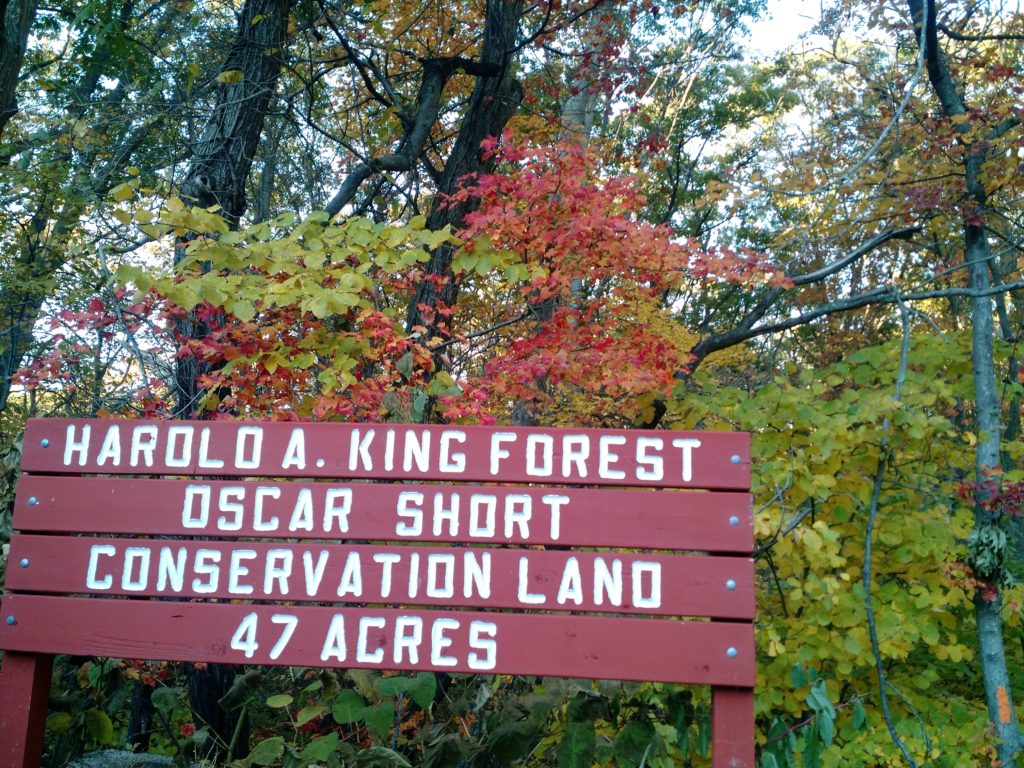
The Harold A. King Forest is a beautiful, undeveloped woodland in the northwestern corner of Swampscott adjacent to Lynn and Salem. It includes 47 acres of natural forest and wetlands with abundant flora and fauna. A loop trail affords hikers the opportunity to explore these areas, as well as the boulders in the terminal moraine of the Late Wisconsin Laurentide Ice Sheet. Public access to the forest and a small paved parking area can be found at the end of Nichols Street. The Land Use and Management Plan for the Harold A. King Forest can be found at the link below.
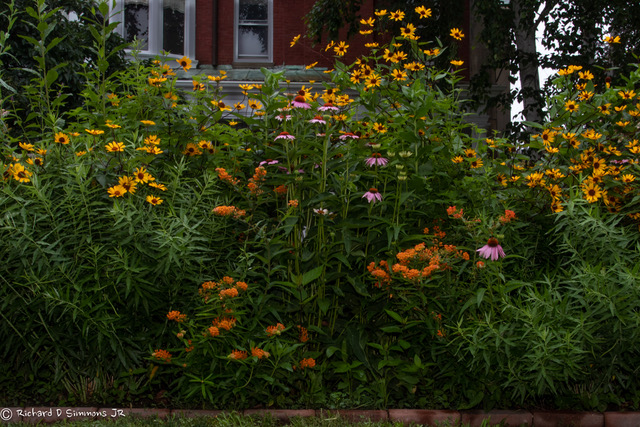
This native Pollinator Garden, which is adjacent to Town Hall, works with nature to transform this public space into an island of habitat for insects and birds. Using native plants in designed spaces, we protect and enhance the integrity, resilience, diversity, and beauty of our landscaped areas while simultaneously supporting native pollinators with high quality food resources. If you see leaf damage to our plants, it is alright, these plants have been selected both for their beauty and the food that they provide to insects (leaf, nectar, pollen included).
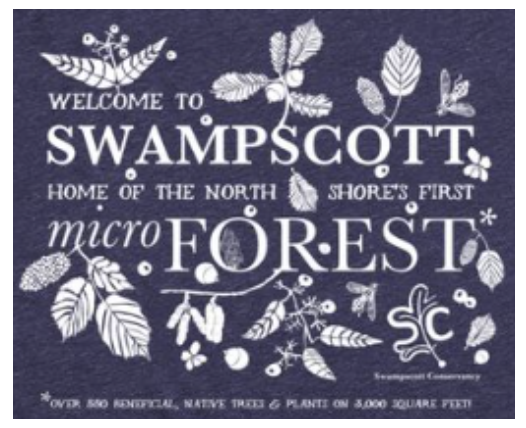
Planted in May 2022, this triangular space of unused town property on the corner of Walker and Paradise Roads was transformed into a mini forest called the Swampscott microForest. Based on research conducted by Japanese botanist Akira Miyawaki, this dense planting of native tree and shrub seedlings in a very small space grows into a mature forest in 20 years. Vegetation planted densely will stabilize and regenerate the soil while growing tens times faster than a natural forest. Within 3 years, weeds are suppressed and natural succession takes over. As the first Miyawaki forest on the North Shore, it boasts more than 750 trees, shrubs and woodland perennials native to Essex County, as well as a native pollinator garden.
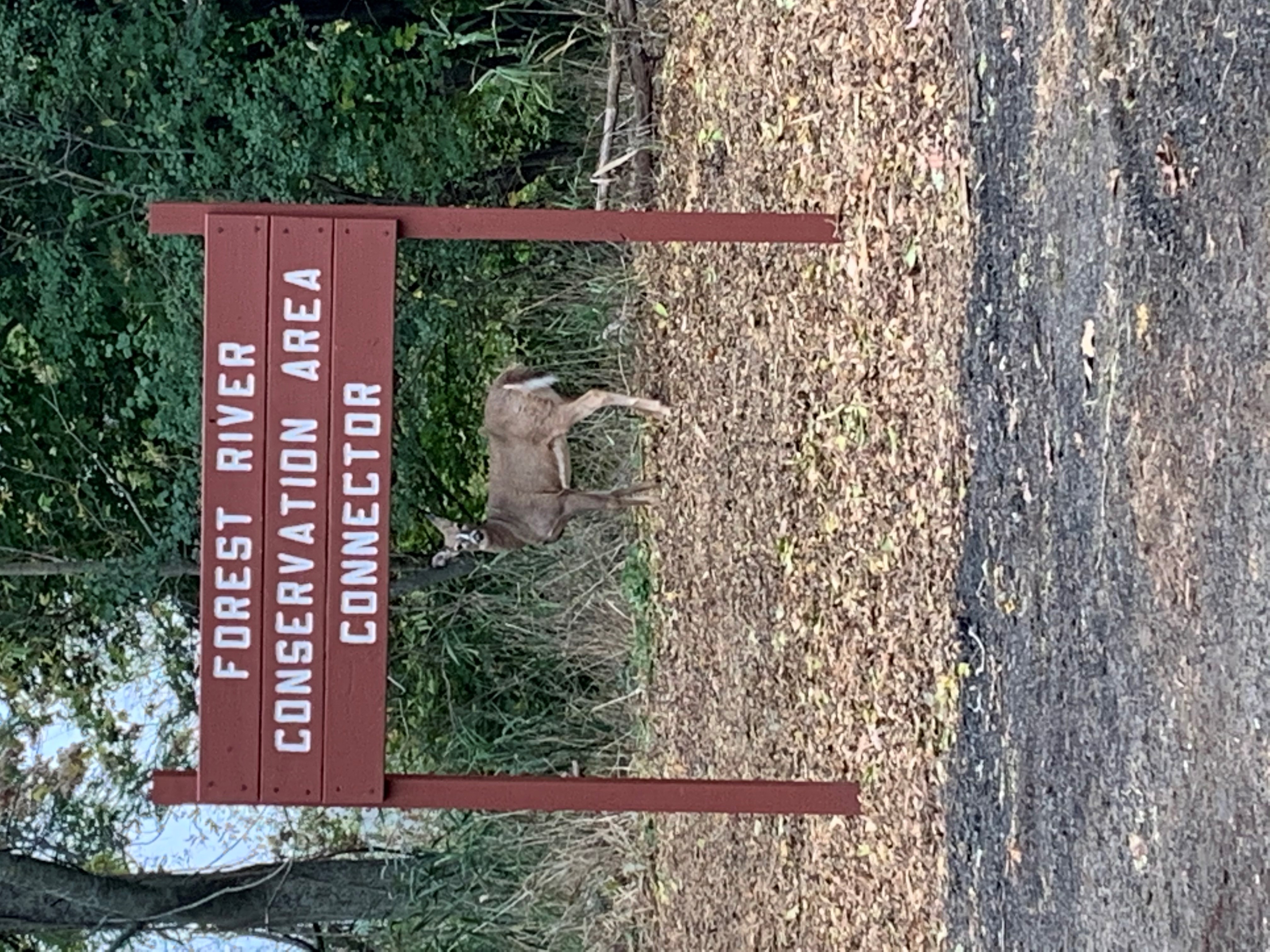
We are proud to introduce our newest trail exploration opportunity, The New Forest River Conservation Area Connector, which accesses Salem’s Forest River Conservation Area (FRCA). This is a delightful new trailhead that now links Swampscott to Salem. Located behind the Swampscott Cemetery on Essex Street, and down the steps from the dog park (where you can find limited parking), this new trailhead leads into the extensive 2.5-mile trail network of Salem’s FRCA. Covering over 97 acres, the FRCA encompasses tree groves, dense woodlands, a salt marsh, and Eagle Hill with its impressive views.
Vernal Pools
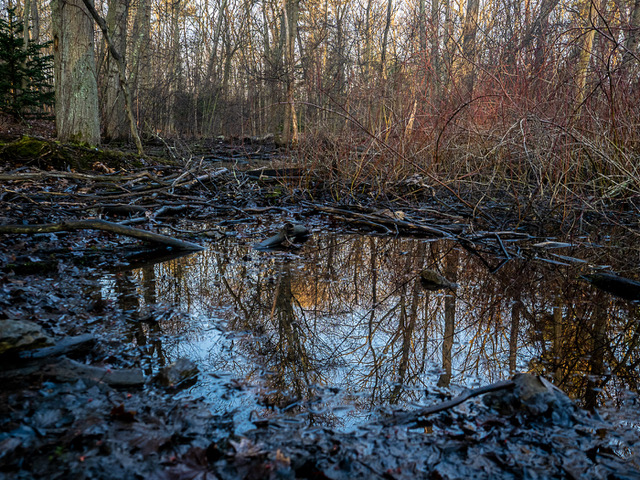
Vernal pools are seasonal wetlands ranging in size from small puddles to shallow lakes, which fill with melting snow and spring rain. Their unique environment provides habitat for numerous rare plants, amphibians, and insects, many of which have spent autumn and winter as seeds or eggs. Certain birds use vernal pools as a seasonal source of food and water. By end of summer, vernal pools typically dry completely, preventing fish from becoming established and then eating the eggs left by invertebrates such as Fairy Shrimp, Spring Peepers, Spotted Salamanders, and Caddisflies. Extremely vulnerable to development, vernal pools are protected under the Massachusetts Wetlands Protection Act, especially when certified — something anyone can do at https://www.mass.gov/info-details/vernal-pool-certification.
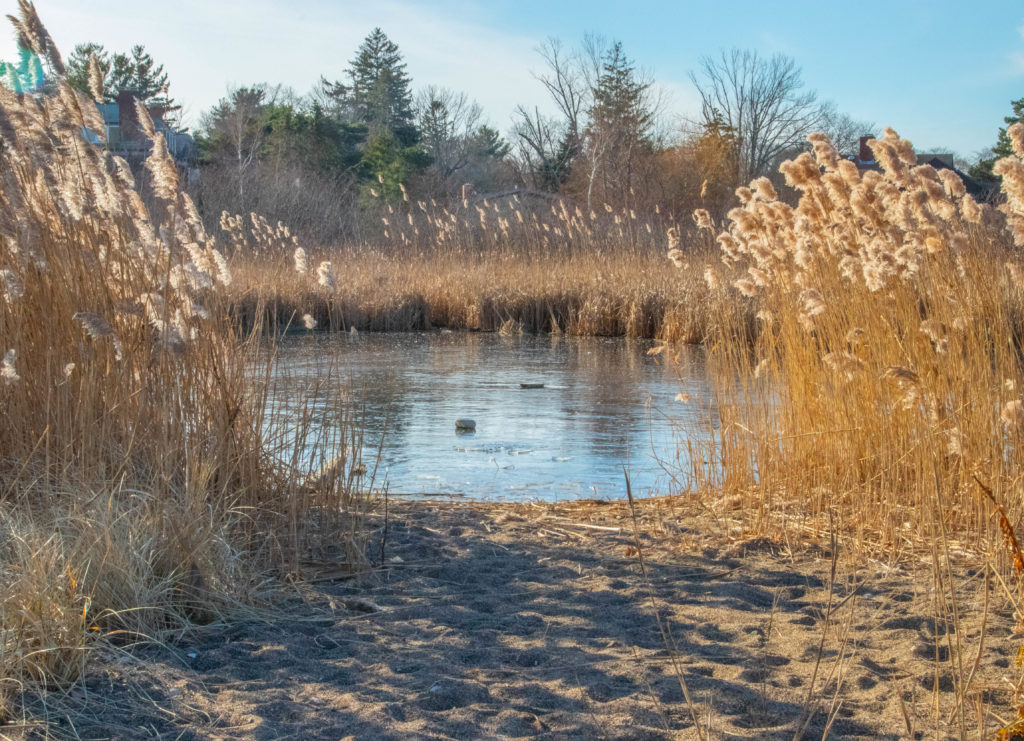
Palmer Pond and the surrounding wetlands comprise an almost eighteen-acre wildlife conservation area just beyond the barrier dunes of Phillips beach. This thickly reedy area features a biodiverse growth of cattails and beach plums, of cord grass and beach rose, with layers of peat that were deposited back when the area was a marsh. Palmer Pond is accessed through the end of Ocean Avenue near Phillips Beach, or from the soft, dimply sands of the Beach itself.
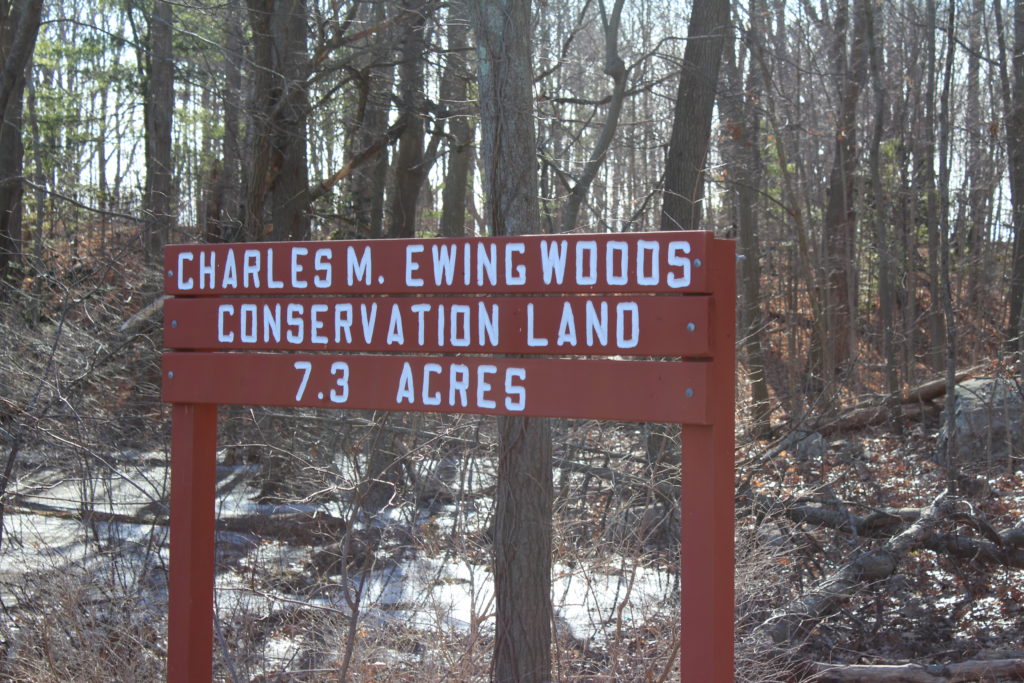
Nestled in a residential area of Swampscott, Charles M. Ewing Woods is a 7.3-acre parcel of public conservation land adjacent to the Stanley School, on Whitman Road. The woods can be accessed from the end of the Forest Avenue extension, or from the parking lots of either the Unitarian Universalist Church of Greater Lynn or the Stanley School itself, whenever school is not in session.
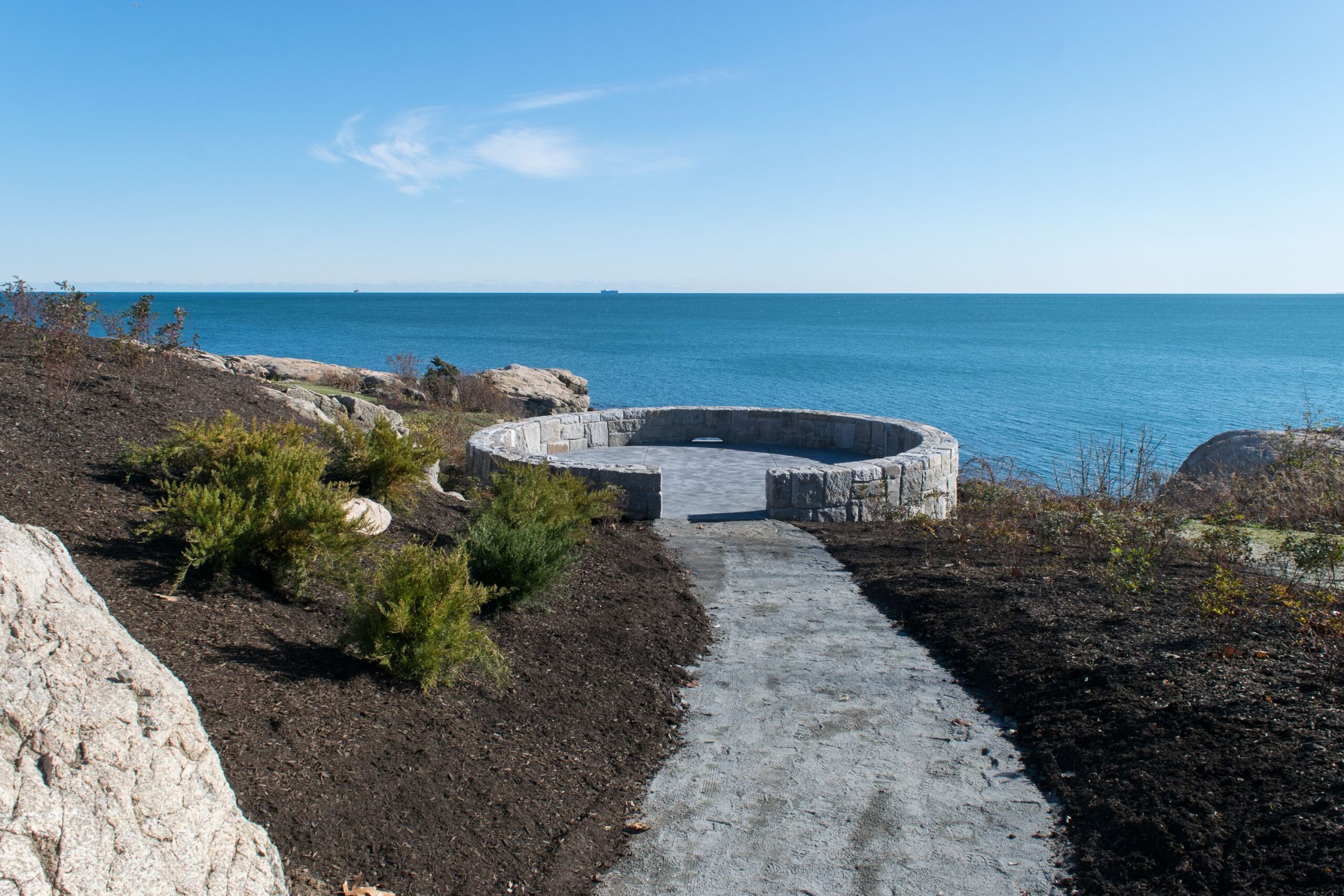
The Blythswood Easement is a ten-foot-wide path on the northeast boundary of the Blythswood Estate. The easement extends from Littles Point Road to the beautiful rocky coastline. Blythswood, built by James L. Little in 1848, is one of the few original summer estates in Swampscott that remains today. It has been designated as one of Swampscott’s Heritage Landscapes by the Essex National Heritage Commission and by the Massachusetts Department of Conservation and Recreation. The adjacent White Court Community has kindly widen the path to twenty feet and has constructed the overlook that is pictured here.
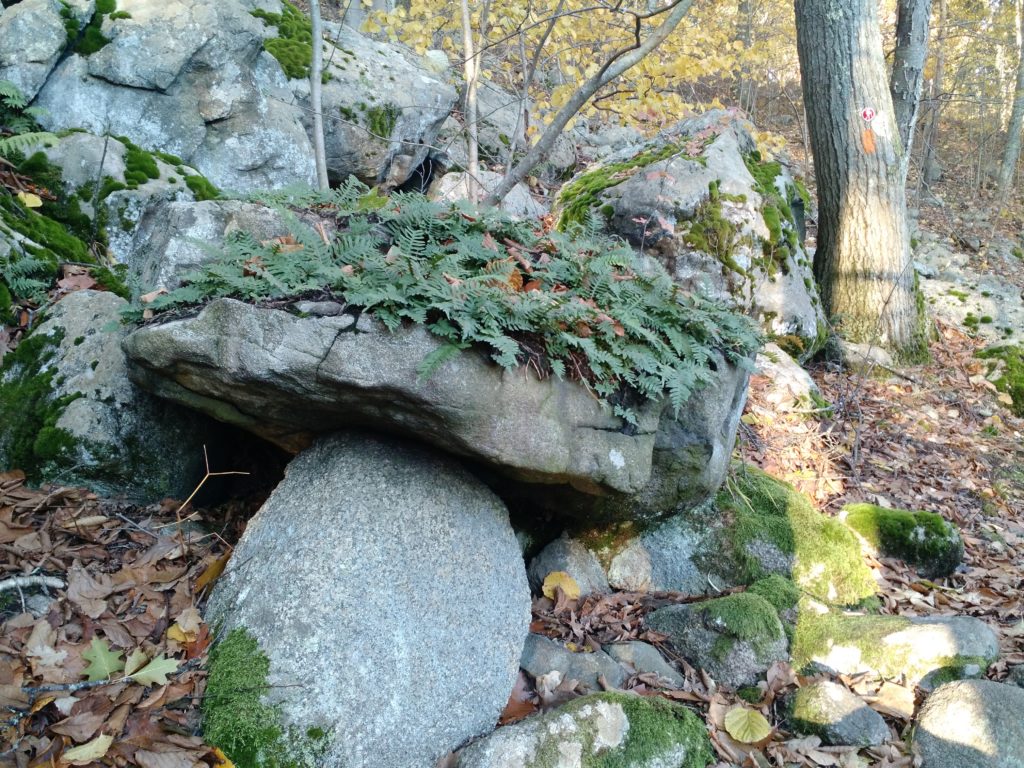
Experience the therapeutic effects of a tranquil jaunt through the trees; the natural cure for the stresses of a modern-day bustle, picturesque Jackson Park Woods, and its vast, unimproved acreage which sprawls out green and lush behind the local high school, is just the sort of Special Place in which hikers or birders might lose themselves and enjoy the magic of feeling at once alone and yet right there with Mother Nature. Happy hiking!
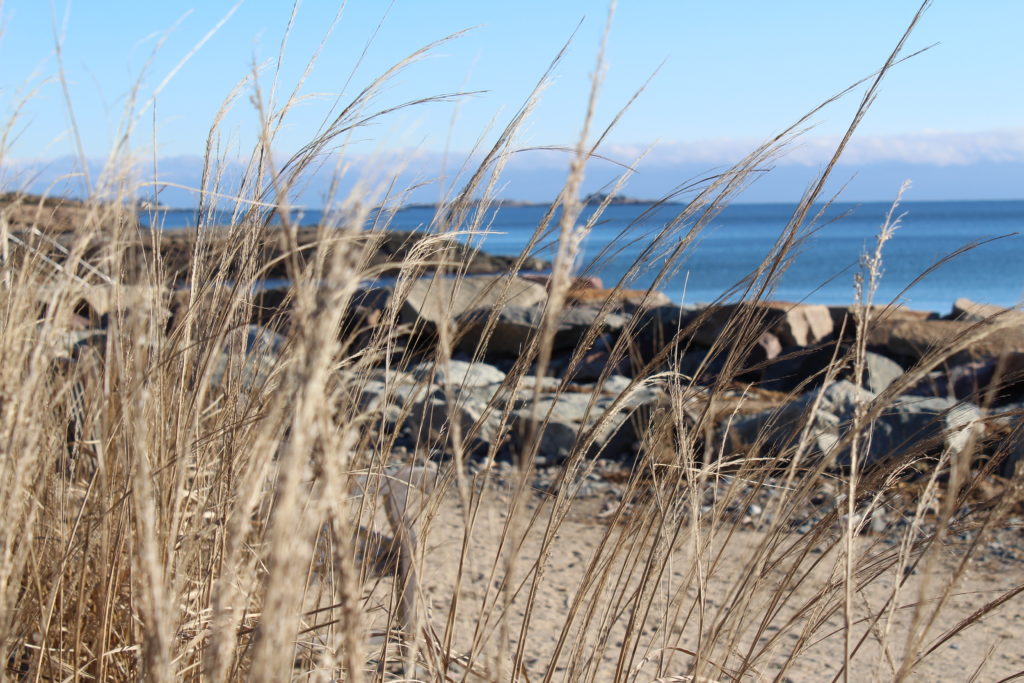
Beach Bluff Park lies between Preston Beach and Atlantic Avenue near the Swampscott-Marblehead line. The park features a Sun Circle, which is a mini Stonehenge composed of ten large basalt columns and a compass at the center. Visit the park at sunrise on the winter or summer solstice, and on the vernal or autumnal equinox for inspirational views. The park also includes a boardwalk and numerous benches for a picturesque respite from the brick-and-mortar of civilization.
(click HERE for more info on this Special Place)
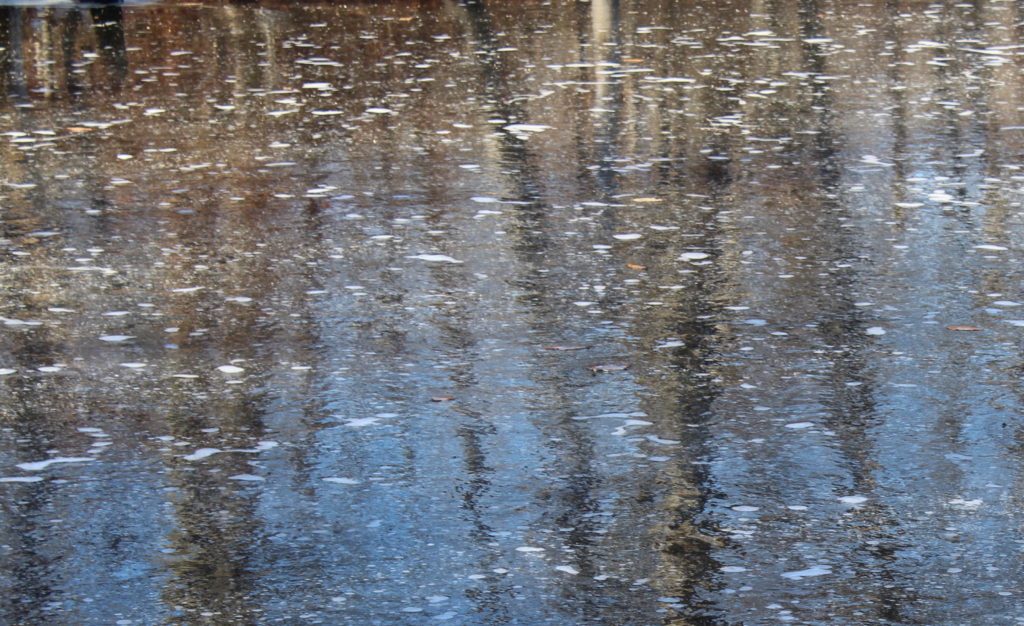
In a sense too easily accessible to be passed up by dog-walkers and nature-lovers alike, the majestic pool of fresh water known as Muskrat Pond is a small, frog- and turtle-inhabited basin of aqueous wildlife adjacent to Forest Avenue near the Middle School. Of note, it lies alongside the future Rail Trail, which has been approved and is currently under development. This Special Place can be accessed from either Forest Avenue or the exit-way of the Middle School Parking lot.
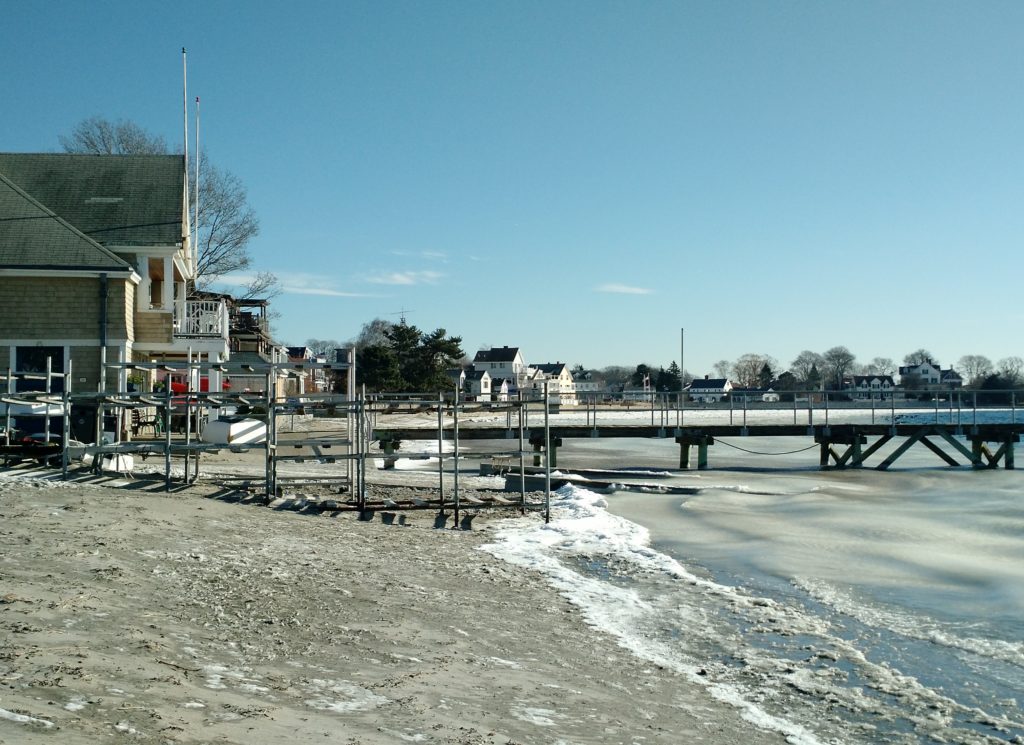
Swampscott’s Public Shoreline, or in other words, its collective strands of non-private, sandy beaches: we are very fortunate to have miles of coastline with beautiful beaches punctuated by rocky points. Traveling in the direction from Lynn to Marblehead, the beaches are called King’s Beach, Fisherman’s Beach, Sandy Beach, Whales Beach, Eiseman’s Beach, Phillips Beach, and Preston Beach. Whereas most of these beaches are primarily used for recreational purposes, King’s Beach and Fisherman’s Beach have a long tradition of hosting commercial fishing. These activities in the late 1800’s and early 1900’s have been captured by the Lynn Beach Painters. Fisherman’s Beach hosts the town Fish House and pier as well as a fleet of commercial fishing boats, and in season, recreational watercraft. The rocky corners of Eiseman’s beach are ideal for tidepooling activities.
Mailing Address
Swampscott Conservancy
34 Bay View Drive
Swampscott, MA 01907
© 2025 The Swampscott Conservancy
|
A 501c3 nonprofit organization
|
founded by the community in 2018